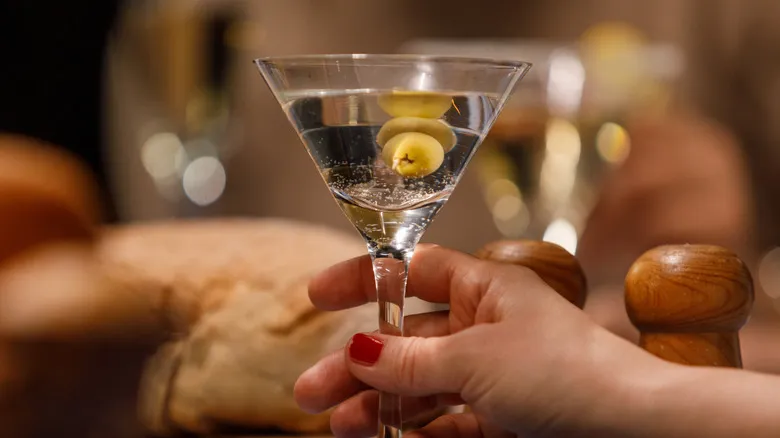What is vermouth, and how does it change your martini?
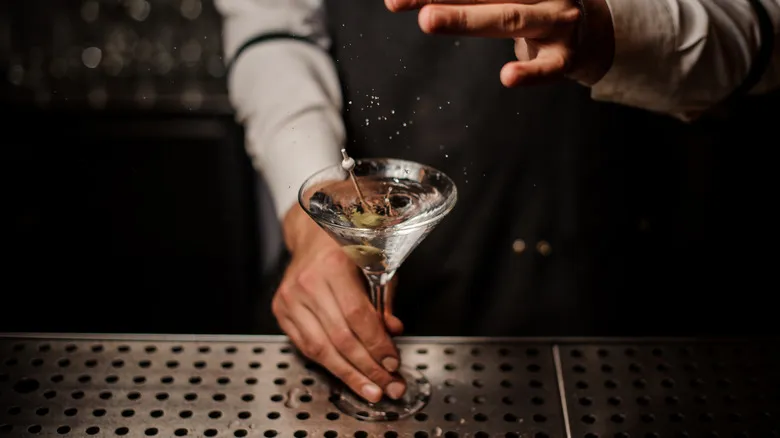
Vermouth is the primary factor that distinguishes a bone-dry martini from a heavily diluted one. But what is vermouth, and what does it contribute to your cocktail? In essence, vermouth is a fortified wine infused with various botanicals, including juniper and clove. It is available in both sweet and dry forms, each differing in flavor and appearance.
A traditional martini typically uses dry vermouth. This variety, enriched with a blend of herbs, offers a botanical flavor that pairs well with the similarly herbal notes of gin. This compatibility is likely why gin is a favored spirit for martinis. However, vermouth is not just a crucial element in gin-based martinis; it also helps to mellow the alcoholic intensity of any martini, softening the sharper characteristics of the base spirit, whether it be gin or vodka. This applies to both wet and dry martinis.
The quantity of vermouth you choose to include in your drink is entirely personal. If you prefer the bold, icy bite of gin or vodka, you might want to use less vermouth. Conversely, if you seek a bit of balance in your strong cocktail, a wetter martini could be the perfect choice for you.
Martinis can come dry, wet, upside-down, or perfect
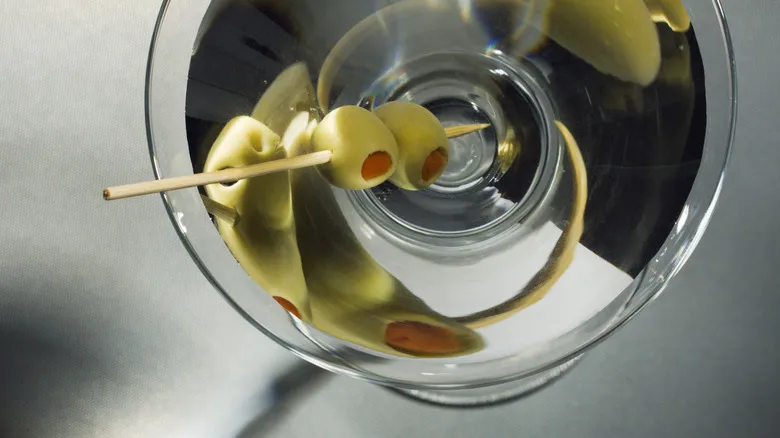
Certainly! Here’s a rewritten version of your text:
Naturally, the concepts of wet and dry are just the beginning when it comes to the vermouth options for your martini. If you find yourself craving more vermouth, consider trying an upside-down variation. This style, favored by the renowned chef and author Julia Child, alters the traditional proportions by using a 4:1 ratio of vermouth to gin or vodka. This approach emphasizes the vermouth, allowing it to shine in a cocktail that typically leans heavily on spirits.
Alternatively, if you're feeling a bit more adventurous with your choice of vermouth, you might want to explore the perfect martini. This term doesn't just signify a well-made drink; it refers to the blend of both sweet and dry vermouth. This combination results in a richer flavor profile, making it more adaptable to food pairings. A perfect martini complements a shrimp cocktail just as well as it does a succulent steak.
Additionally, you can experiment with unconventional martini ingredients like bitters and maraschino cherry juice, which can bring the cocktail closer to the whiskey-based Manhattan. Ultimately, there’s no wrong way to enjoy a martini—except perhaps in the case of the iconic fictional spy James Bond; his ordering style could use some refinement.
A history of the martini, both wet and dry
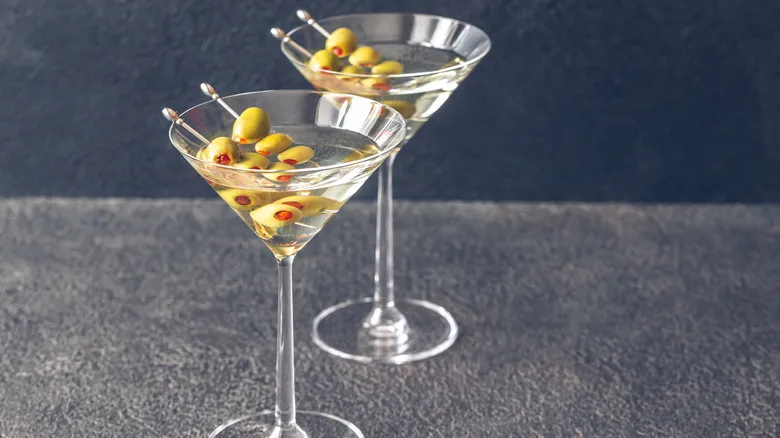
Which came first, the dry martini or the wet? The answer to this question is somewhat unclear. In terms of recipes, the wet martini predates the dry version, but the term "dry" didn't emerge until much later. The first references to a dry martini began appearing around the early 20th century, as various bar books started to include these recipes. However, the dry martini truly gained popularity after Prohibition was enacted in 1920.
With the ban on alcohol imports and production, ingredients like vermouth became scarce. While it was relatively easy to produce distilled spirits illegally, replicating vermouth proved more challenging, and what was available was often of poor quality and sometimes spoiled. Consequently, vermouth became an unwelcome addition at bars. Cocktail enthusiasts began to request their martinis dry. By the mid-20th century, the drink had become immensely popular, with many people dismissing vermouth as outdated and unsophisticated, often citing the opinions of figures like Winston Churchill.
In contrast to the dry martini, the wet martini lacks a precise definition and has historically carried a somewhat negative connotation. However, in recent years, the perception of the wet martini has shifted, as many drinkers have rediscovered the delightful potential of high-quality vermouth. The cocktail aficionados driving this revival see the aperitif as a misunderstood spirit that deserves a place in a martini.
Recommended
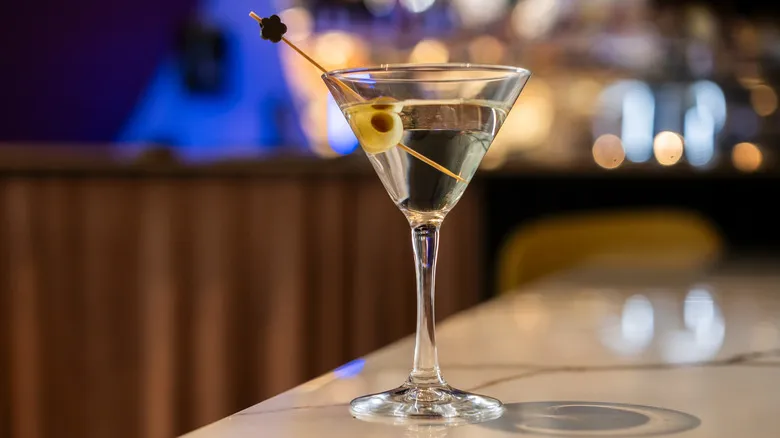
What It Means To Order A Martini 'Burnt'
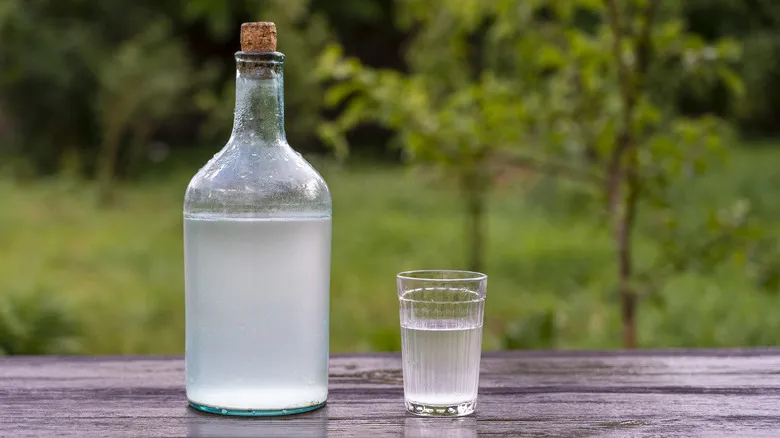
Is Moonshine Still Illegal In The US? The Answer Is Complicated
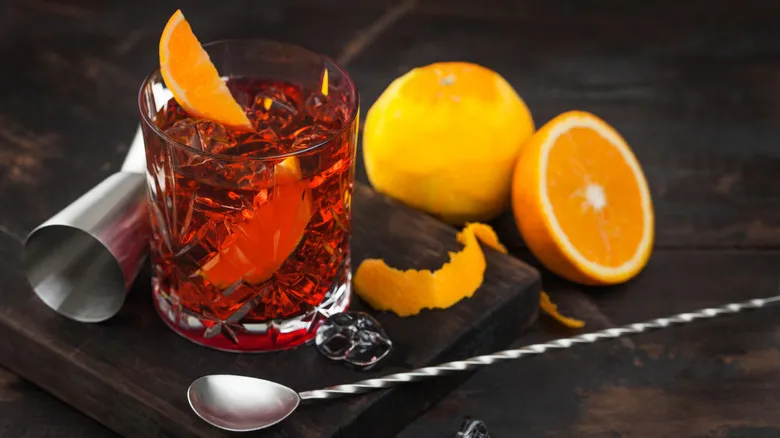
Your Negroni Will Taste So Much Better With Coffee Ice Cubes
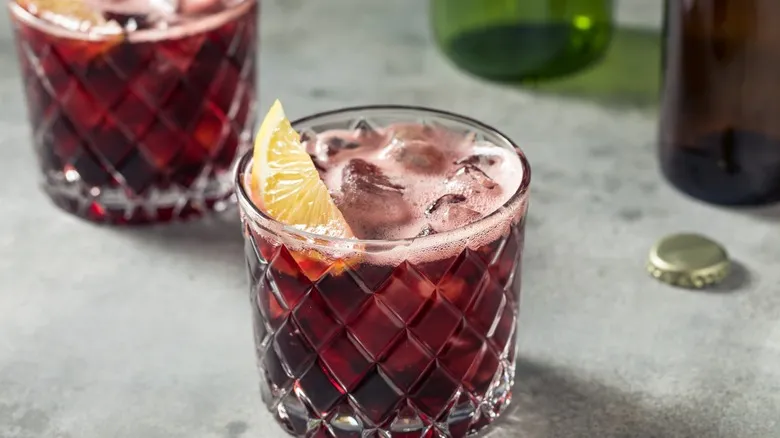
The Best 2-Ingredient Cocktail To Make From Boxed Red Wine
Next up

